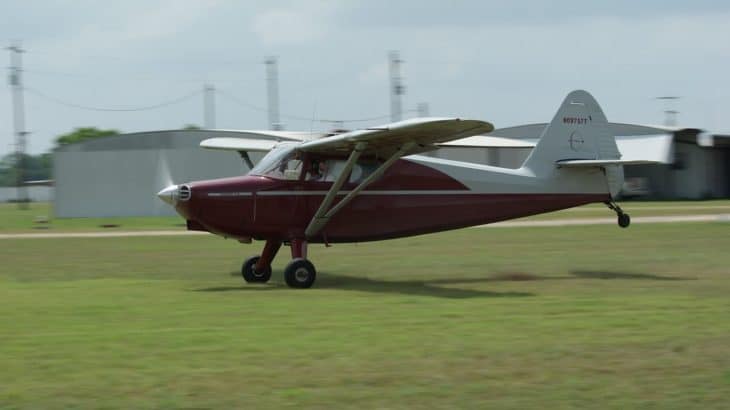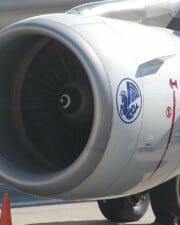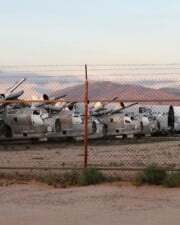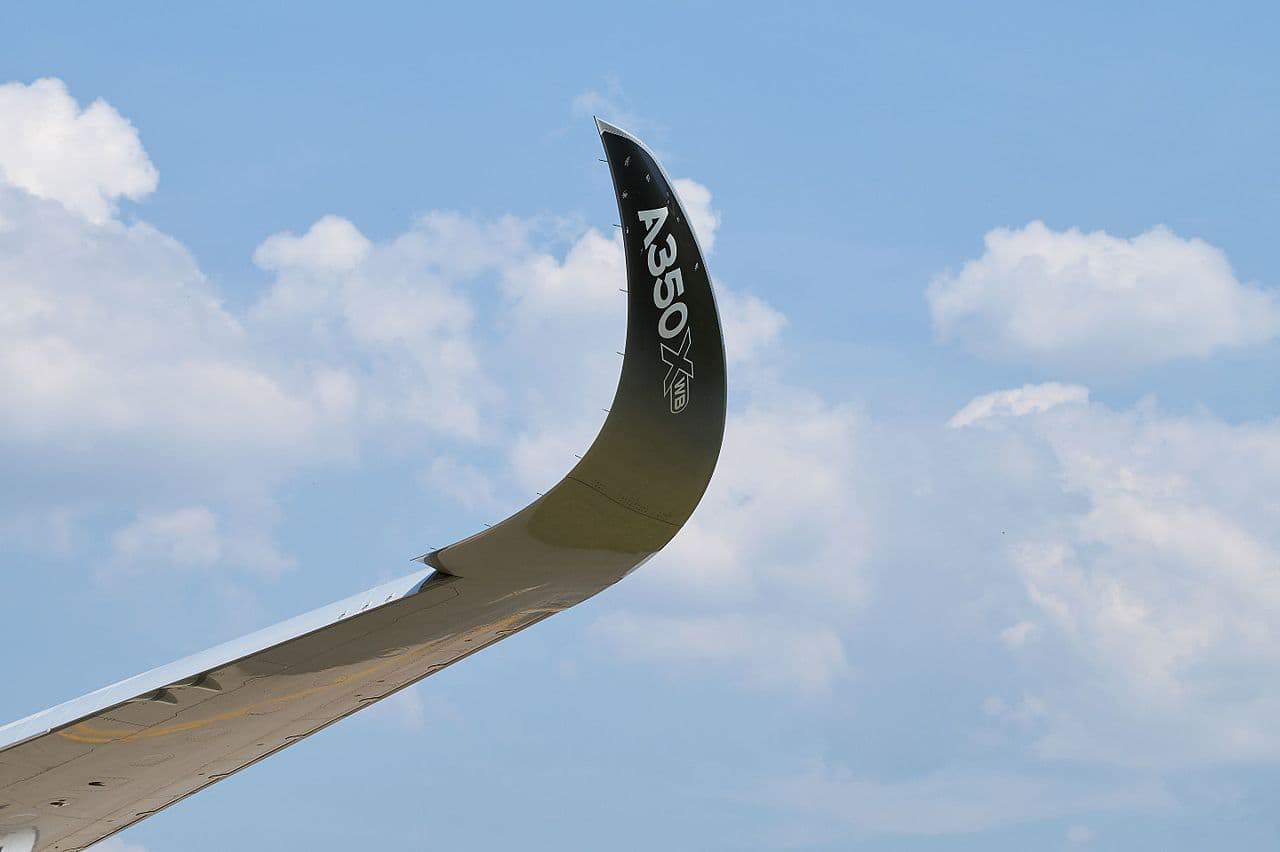From Icarus’ wing-melting failure to Leonardo da Vinci’s sketches of an air screw to the Wright Brothers finally flying at Kitty Hawk, few things have held a greater place in the human imagination than the dream of flight. The reality of how airplanes make use of lift and gravity to stay airborne is even more astonishing. It’s nothing to be ashamed of if you’re wondering what it is that keeps a plane in the air. So let’s answer the question of how do airplanes fly today.
Table of Contents
How Do Airplanes Fly?
In short: Wings, Lift, Air Molecules, and Conquering Gravity.
What Keeps A Plane In The Air?
The fact that airplanes fly because of something called “lift” is pretty common knowledge. However, there’s more to this phenomenon.
Most of us understand “lift” to mean generating or harnessing air pressure beneath the wings. The physics of how that happens are as complex as they are interesting.
For one thing, while we tend to focus on lift, a better way of imagining flight, as per Minute Physics’ video on the topic, may be to think of flight as a means of gravitational “balance” that just happens to take place in the air.
It isn’t as though planes simply float in mid-air. To fly, they have to generate thrust as well as lift while balancing different gravitational forces.
How is that achieved?
For starters, as that Minute Physics video points out, it isn’t just lift acting on a plane, but drag and gravitational forces which pull it down as well.

The plane has weight and mass, as does every piece of equipment and luggage as well as every passenger. All of this has to be accounted for in the calculations for making a plane flight-worthy.
That means not only generating lift but generating enough lift pushing the plane upward to counteract and thus balance the forces pushing it downward.
The Physics Of Airplane Flight
To begin this deeper dive into the physics of airplane flight, consider Newton’s Third Law of Motion: for every action, there is an equal and opposite reaction.
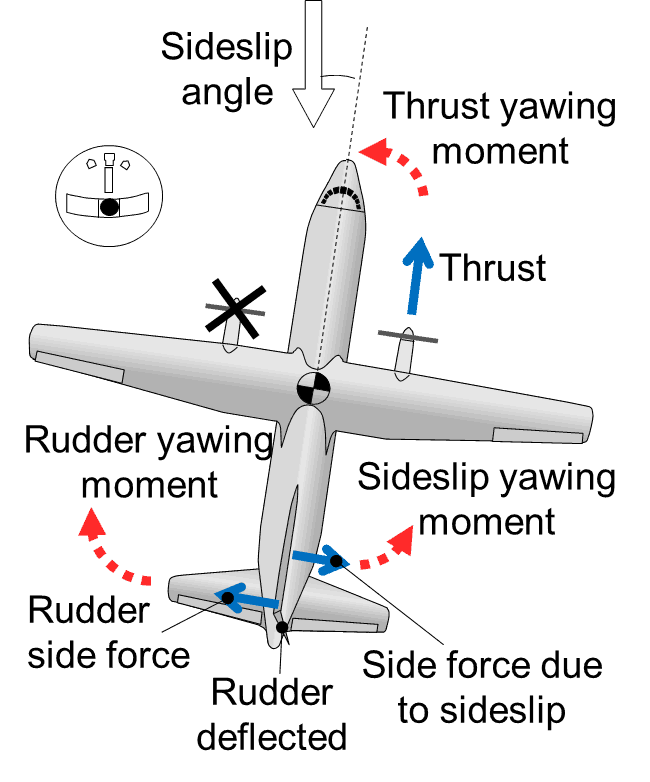
This, in physics terms, is how balance is achieved – the air acts as an upward force on the plane, hence lift, and the weight and mass acts as a downward force, hence drag. Equalize these two opposing forces out, the result is balance.
When a plane is parked on the ground, the amount of air molecules striking the plane as a whole and the wings in particular is roughly equal. Hence, the plane stays put. Once that plane is off the ground, however, the air molecules strike the plane’s wings differently.
Looking at an airplane’s wing reveals that it isn’t straight but affixed at a slightly tilted angle, with the bottom straight and the top typically featuring a more gentle curve. This isn’t merely an aesthetic choice, but rather is integral to helping airplanes become and remain airborne.

As stated, equal force means balance, and the slant and curve of the wings disrupts that balance ever so slightly, causing more molecules to strike the bottom of the wing and in a “harder” fashion than the top.
The upward slant of the wings ensures that the air strikes the bottom of the wing that way as well, resulting in the upward lift that is critical for flying.
The same principle is at play in the wing’s shape.
Striking a flat surface head-on is bound to create greater force than striking something at an angle, which is precisely what happens when air molecules strike the curved top of the wing.
The curvature reduces the amount of molecules which hit the wing, and those that do hit it do so at an angle less conducive to releasing force.

In addition, the centripetal manner in which air molecules move around the wing further lessens the amount of pressure exerted by air molecules hitting the top of the wing.
Minute Physics uses the analogy of running into a rainstorm. In this case, the frontmost parts of the runner’s body get soaking wet – but the back part of their body less so.
That’s because the angle at which the runner is moving coupled with forward motion means that most of the rain hits the face and front of the body and peels around the back, leaving it drier.
In essence, something similar is happening with wings and lift. As with the raindrops hitting a body in the above analogy, as the plane moves forward, air molecules skim past the curved top and back and instead hit the front and bottom – the places necessary to create and maintain lift.
Aerodynamic Design
Overall aerodynamic design also matters here. Anyone who has ever made a paper airplane knows that paper wings which slant diagonally result in far better flying paper airplanes than those with simple rectangular wings and boxy designs.
The same way that the curved top half of the wing lessen the amount of air molecules and thus force exerted on it, aerodynamic slanted wing designs in real airplanes help the air move around the wings and plane in such a way as to reduce resistance and thus make it sleeker and faster.
The Wright Brothers’ plane lacked the curved wings mentioned here, in favor of a bigger, boxier, flatter design.
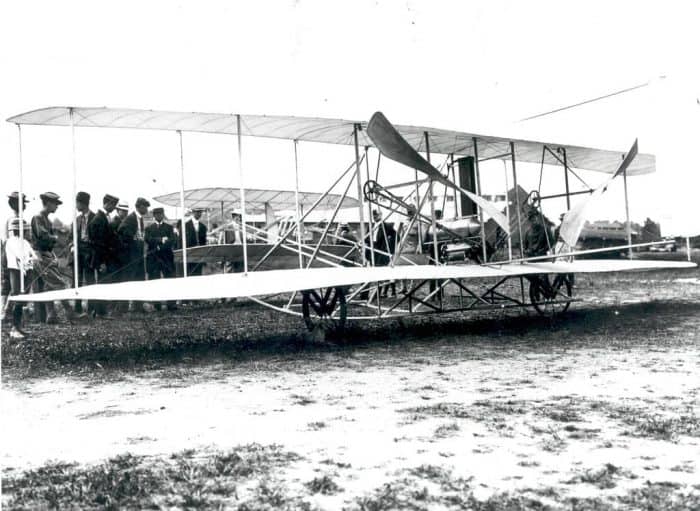
What remains constant between their most rudimentary plane and today’s biggest jets – and thus what serves as the critical factor in wing design, is the “angle of attack,” the degree to which a wing is slanted so as to produce that top/bottom air pressure imbalance.
Too much of a tilt, however, and the airflow around the wings becomes too choppy and irregular, and the plane fails to sustain lift and fly properly. A 15-degree tilt tends to be the maximum sustainable angle for aerodynamic flight.
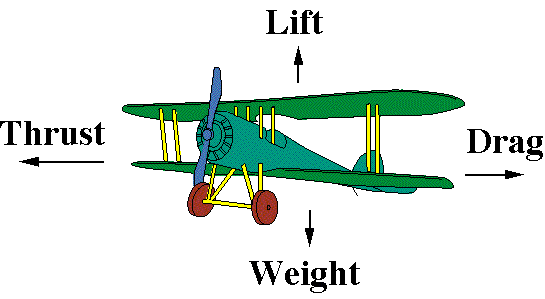
Thrust and Drag
All this talk of lift, force, and gravity, however, is only half of the equation.
After all, an airplane’s wings only work this way if the air hits the front and underside with enough force to counteract the amount hitting the top and thus create an imbalance great enough to conquer gravity.
That means the plane must keep moving forward with enough speed to maintain that imbalance.
And that takes us to the next part of our equation – thrust and drag.
In the simplest of terms, thrust propels the plane forward, while drag holds it back.

In the same way that generating lift is all about that top/bottom wing force imbalance, generating thrust is all about pushing air backward with enough force and speed to counteract the force of drag operating on the plane.
From Kitty Hawk to the skies above Europe during the First World War, the first decades of flight saw thrust being achieved primarily via propellers. Then jet power was invented.
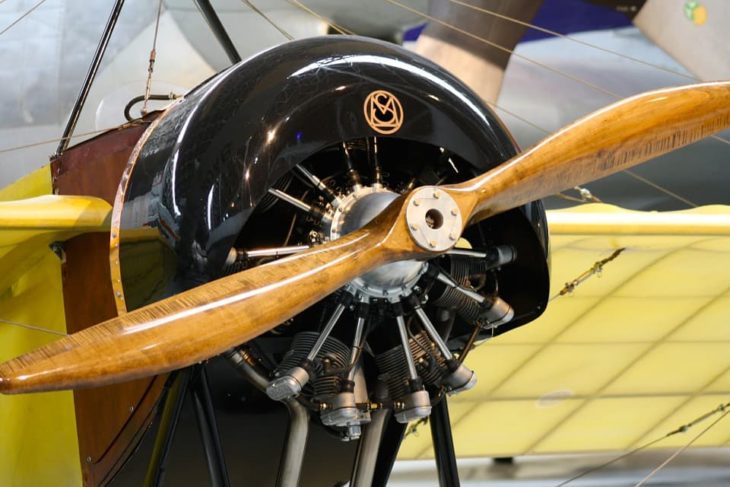
Today, most planes make use of some combination of the two, which work together to push air backwards efficiently, forcefully, and quickly enough to counteract drag and thus help the plane conquer gravity.
The same principles of curvature, centripetal force, and the air force imbalances they create with wings works for propellers as well, which capture air beneath their propellers and propel them backward.
When they do so with enough force, the amount of thrust outweighs the amount of drag, and the plane moves forward.
How Planes Steer In The Air
All of that is well and good, but what about steering in the air? Getting a large metal plane off the ground is an impressive feat, but it won’t mean much if it can only fly in a straight line.
Of course, birds don’t just fly in a straight line, and it’s from them that we get our answer.
When we see birds fly and they turn, they dip one wing or the other, and thus fly at a slanted angle while turning.
Planes, of course, do the same thing. When a plane needs to turn, one side dips lower than the other as the plane slants in the direction the pilot wishes to turn.
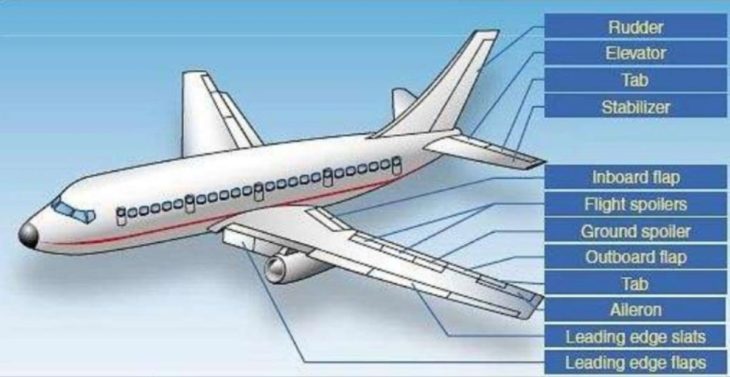
Given all the above points about lift and how air molecules strike the underside of wings, the reason for this may already be apparent.
By slanting and dipping the plane in such a way, the pilot creates yet another imbalance in how the air molecules strike the wings.
This time, it is done to increase the force of air on one wing compared to the other.
The same way that a top/bottom air pressure imbalance causes lift, a left/right imbalance in the amount of air pressure exerted on the wings enables the plane to steer.
A Final Tip on Wingtips

Finally, it’s worth noting that modern airliners typically have wingtips, also called winglets, which come up at the end.
Why is that?
Wings don’t throw air back in perfect, smooth, neat distributions, but in “wing vortices,” that is, large swirls of air. While most of this passes behind the plane, some of it swirls upward, which can reduce lift.
Modern airplanes account for this via their upturned wingtips, which help minimize the effect these swirls of air can have on the plane’s ability to maintain lift and smooth forward flight.
References ▾
Related Posts
